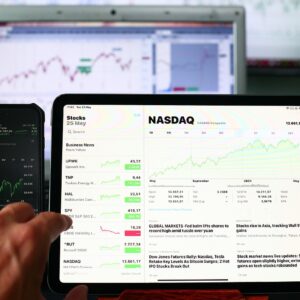Two Wall Street giants, JPMorgan Chase and Bank of America, have scaled back their forecasts for a Federal Reserve interest rate cut in November, citing a robust labor market that suggests the U.S. economy remains resilient.
In a shift from previous predictions, economists at both banks now anticipate the Fed will reduce interest rates by a quarter-point at its upcoming meeting in a departure from earlier calls for a more substantial cut, which had been based on expectations of a weakening economy.
The decision to revise forecasts comes in the wake of Friday’s employment report, which showed a stronger-than-expected labor market. Michael Feroli, chief U.S. economist at JPMorgan, and Aditya Bhave, an economist at Bank of America, both pointed to this data as a key factor in their reassessment, according to Bloomberg.
Feroli argued that the strong jobs market makes the Fed’s task of gradually normalizing interest rates easier, noting that it would require a significant deterioration in economic conditions before the central bank would consider a more aggressive easing path.
Bhave echoed Feroli’s sentiment, stating that the recent economic data has been “remarkably strong,” making a half-point rate cut unnecessary. He also expressed optimism about future economic growth, citing evidence of increasing productivity.
As reported, the total money supply in the United States, the Eurozone, Japan, and China has for the first time in history reached $89.7 trillion, having skyrocketed by a whopping $7.3 trillion over the past year.
The M2 money supply, which includes physical currency in circulation, savings and time deposits, and money market funds, has been growing every month since February.
The money supply growth has seen the price of various assets surge, including gold. The precious metal is nearing $2,700 in a rise that accelerated after Iran fired around 180 ballistic missiles at Israel in what Iran’s Revolutionary Guard Corps said was a retaliation for the assassinations of Hamas’s political leader and an Iranian commander.
Notably, Societe Generale has shifted 100% of its commodity allocation to gold, driven by geopolitical risks and a weakening broader commodity market.
The French bank increased its gold holdings to 7% of its total asset allocation, reflecting a 40% quarter-over-quarter rise. This pivot toward gold signals growing confidence in the yellow metal as a safe-haven asset amid ongoing uncertainties in global markets.
Featured Image via Unsplash.









